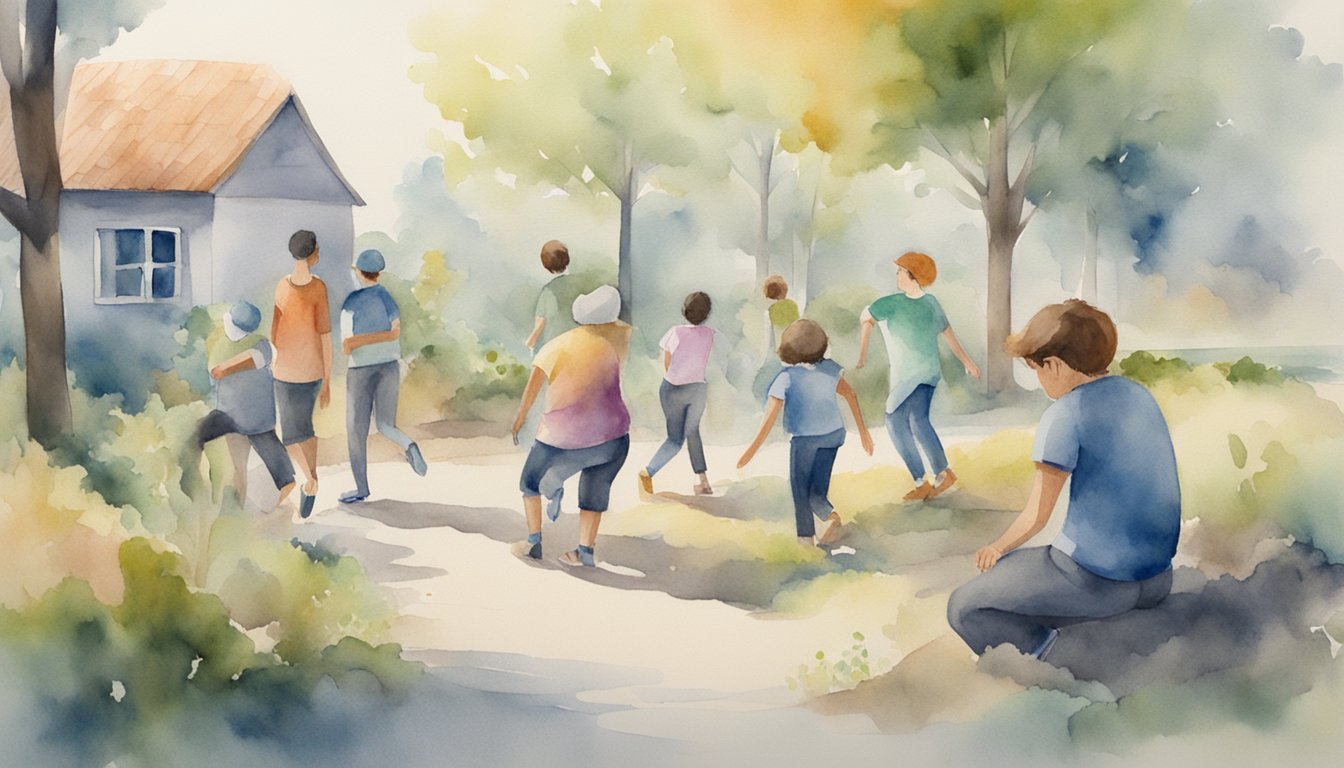Understanding Autism Masking
Definition and Basics of Masking
Autism masking is a process in which autistic individuals consciously or unconsciously mimic neurotypical behaviors to blend in with society and avoid stigma. This coping strategy is also known as camouflaging, and it can be utilized in various situations, such as at school, work, or social gatherings^1^.
Masking can involve altering speech, body language, facial expressions, and even suppressing stimming (self-stimulatory behaviors)^2^. Some autistic individuals may use scripting, a method where they rehearse and memorize phrases or dialogues to accommodate neurotypical expectations in social settings^3^.
Signs and Effects of Masking Behaviors
Autistic masking may lead to various consequences, including increased anxiety, stress, and exhaustion^4^. As a result, individuals going through autistic burnout might face a decline in their mental health and overall well-being^5^.
Masking can also lead to a loss of identity, as it involves suppressing natural autistic behaviors to meet societal expectations^6^. Moreover, continuous masking consumes cognitive resources, limiting their availability for other essential tasks^7^.
However, not all masking behaviors are negative. Some may serve as a useful strategy for autistic individuals to improve communication styles and navigate neurotypical social situations^8^. In some instances, this skill enables better social interaction and promotes a sense of belonging^9^.
In summary, autism masking is a complex phenomenon that can have both positive and negative consequences for autistic people. It is essential to approach this topic with sensitivity and understanding, acknowledging the unique challenges faced by the autistic community.
Social and Personal Impact of Autism Masking

Masking in Different Social Contexts
Autism masking is a strategy used by some autistic people to conceal their autistic traits in order to be perceived as non-autistic in various social settings. Individuals may engage in masking at school, work, or social gatherings, trying to match the behaviors of those around them. This can include adapting their body language, facial expressions, or tone of voice to “blend in” with their environment. Masking is especially prevalent among autistic women, as they are often diagnosed later in life and face societal expectations around gender norms.
Consequences on Mental Health and Identity
While masking may help some autistic individuals navigate social situations, it can have significant consequences on their mental health and sense of self. Research suggests that consistent masking can lead to increased risk of anxiety, depression, and low self-esteem. Additionally, autistic individuals may experience burnout from the constant effort of adhering to non-autistic norms in various settings.
In extreme cases, persistent masking may even contribute to suicidal thoughts and feelings, as individuals become unable to sustain the facade and struggle with identity issues. Some autistic people may feel disconnected from their authentic selves, as they are constantly trying to adapt to the expectations of others.
Strategies for Recognition and Support
Promoting neurodiversity and creating inclusive environments can help to reduce the need for autistic individuals to mask. Encouraging open conversations about autism and disabilities in general can lead towards greater social acceptance and understanding.
Additionally, professionals working with autistic people need to be aware of the phenomenon of masking when making diagnostic assessments, taking into consideration how well an individual may be able to “camouflage” their autistic traits. This is particularly important in the case of autistic females and transgender individuals who may be under- or misdiagnosed due to learned masking behaviors.
Schools, workplaces, and other social settings should prioritize accommodations for autistic individuals to help reduce the need for masking. This can include providing sensory-friendly spaces, allowing for alternative ways of communication, and adjusting expectations around social interactions. By fostering an environment of inclusion and understanding, autistic individuals can feel more comfortable expressing their authentic selves and have a better overall well-being.
Autism advocates also stress the importance of self-recognition and self-acceptance, as well as seeking support within the autistic community and the broader neurodiverse community. Providing resources for managing stress and anxiety can help to improve the mental health and resilience of those who feel pressured to mask.
Ultimately, understanding and addressing the social and personal impact of autism masking can help to create a more inclusive and supportive society, allowing autistic individuals to thrive and achieve greater success in all aspects of life.

